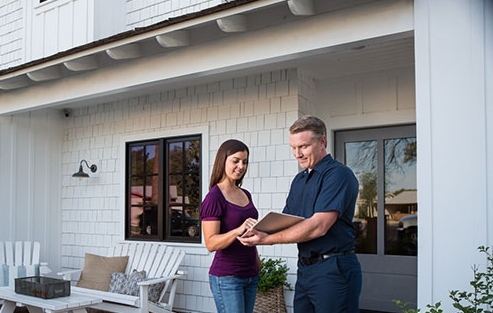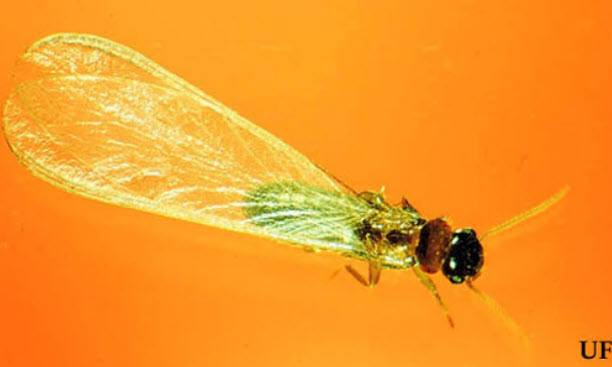- Often referred to as “white ants,” these termites range in color from caramel to brownish-yellowish on the underside of their bodies.
- Asian subterranean termites have far-reaching underground colonies, which are larger than other subterranean termite species. Females can lay up to 1,000 eggs a day and live for about 20 years. Colonies can contain 50,000 to more than 1 million termites.
- Spread can occur in two ways: near the end of the year when winged reproductives develop and swarm looking for damp soil or moist timber, or when transported by human beings, often by boats during shipping.
- Prevention tips for the Asian subterranean termite include avoiding water accumulation near the foundation of your home by using functioning downspouts and gutters and eliminating any contact wood might have with the soil.
- Asian subterranean termites feed on the cellulose in paper, clothes, and trees such as mango and citrus. In Florida, they are restricted to buildings, nearby trees, and boats.
- Soldiers constitute 10-15 percent of foraging groups.
- Asian subterranean termites aggressively bite when challenged.
This termite species has spread far beyond its native Southeast Asia. First observed in Florida in 1996, infestations are becoming more common as colonies continue to be established along the eastern coast of the southern tip of Florida and extend down through the Florida Keys.
While these termite species are geographically isolated elsewhere in the world, Florida is the only known location where the Asian termite and Formosan termite species overlap, making it important to have a pest management professional determine the correct species to put together a proper protection plan.
Flights or swarms of Asian subterranean termites occur at dusk and night. Porch lights, indoor lights, and video monitors often attract them inside a structure, especially when doors and unscreened windows are opened. Damage from an Asian subterranean termite infestation can become severe in a relatively short time, especially when a structure is invaded by a large, mature colony. Dispersal flights, foraging tubes, or damage are usually the first indications of an infestation.
Some quick facts about Asian subterranean termites:
Interested in learning more about termites?

The assurance of a Trelona® ATBS Annual Bait Station licensed professional.
A termite control failure can mean frustration, disruption, stress, and damage to your home. There’s simply no substitute for the assurance and quality of service provided by licensed pest management professionals.

